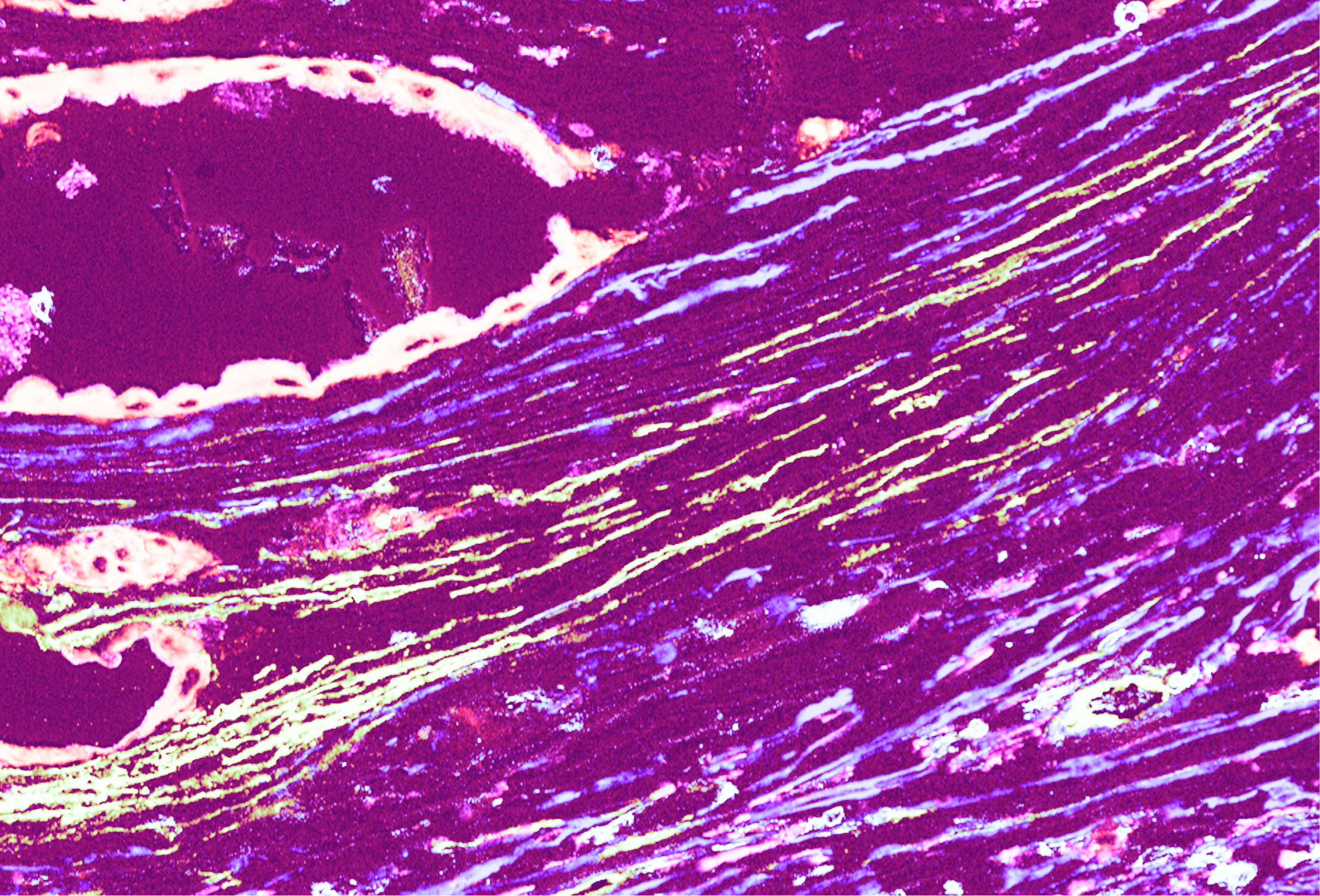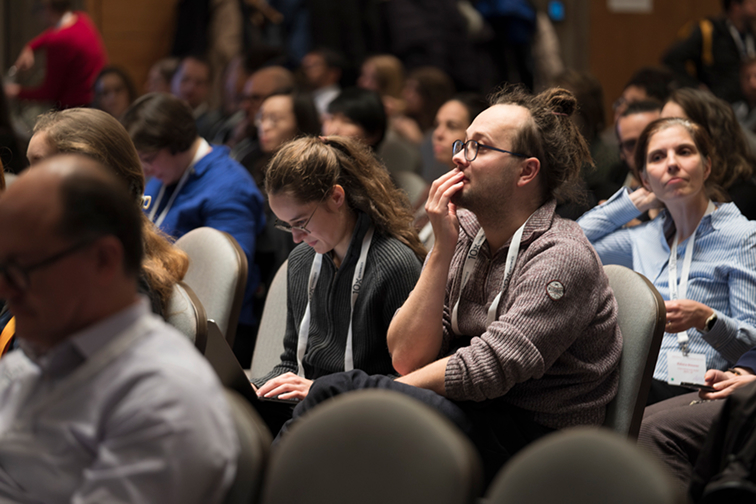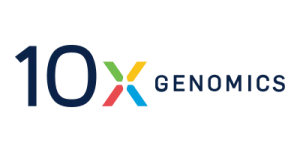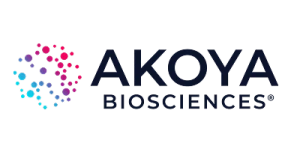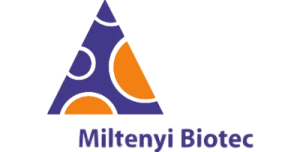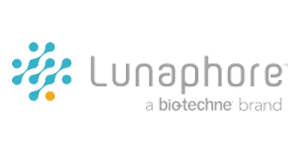Insights from researchers shaping the future of spatial biology with ESSB.

ESSB has become my go-to community for collaboration in spatial biology. The open knowledge sharing is exactly what the field needs right now.”
Dr. Lina Voigt, Computational Biologist, Germany

The ESSB conference brought together top minds in spatial biology across Europe. It wasn’t just about the talks—it was the spontaneous discussions and new collaborations that made it truly special.”
Raza Ali, Cancer Research UK / Cambridge University

It’s about time spatial biology had its own community. ESSB fills a critical gap—bringing people together who understand the complexity, potential, and urgency of this field.”
Denis Schapiro, Heidelberg University Hospital, Germany
